5 Cubital Tunnel Syndrome Exercises For Quick Pain Relief
Improve your flexibility and get rid of this syndrome with highly effective exercises.

Image: Shutterstock
Cubital tunnel syndrome exercises help reduce elbow pain and inflammation. Cubital tunnel syndrome occurs when the ulnar nerve at the elbow gets compressed and irritated. The ring finger, little finger, and forearm can become numb, and extreme pain is a typical symptom. It is the second most common peripheral nerve compression syndrome (1). Along with medical treatment, anti-inflammatory drugs, painkillers, splintingi An appliance used to immobilize an injured part, support healing, and prevent further damage from occurring. , and surgery, doing exercise therapy can boost your recovery. Check out these 5 best and effective cubital tunnel syndrome exercises you can do at home.
But before that, here are a few facts about cubital tunnel syndrome you need to know. Scroll down!
 Workout Blueprint: Cubital Tunnel Syndrome Exercises
Workout Blueprint: Cubital Tunnel Syndrome Exercises- Frequency: Daily
- Benefits: Improve mobility and provide pain relief.
- Equipment Needed: Sturdy chair
- Space Required: Small area
- Assistance Required: No
- Who Should Avoid: Anyone with severe pain and anyone who has undergone surgery.
In This Article
How Does Cubital Tunnel Syndrome Occur?
Cubital tunnel syndrome occurs when the ulnar nerve gets compressed or injured. The cubital tunnel is a small, 4 mm tunnel-like opening present in your elbow, between the muscles and bones. The ulnar nerve, which is responsible for movement and feeling in your hands, runs from your neck, shoulder, and arm, through the cubital tunnel to your ring finger and little finger.
According to Stanford Health Care, cubital tunnel syndrome (ulnar nerve entrapment at the elbow) may occur when a person frequently bends the elbow or leans on the elbow (2).
 Quick Tip
Quick Tipwhereas, entrapment of the median nerve causes carpal tunnel syndrome. Due to the narrow opening, injury, and repetitive movement of the arm, the ulnar nerve may get injured. This, in turn, causes pain, numbness, and a limited range of motion in your arm and fingers.
In this case, your doctor might recommend taking NSAIDsi Nonsteroidal anti-inflammatory drugs are a group of commonly prescribed drugs that help reduce pain, inflammation, and fever. , making your hand immobile by splinting, and regularly exercising your hand to improve flexibility and range of motion. Here are the exercises that work the best.
Key Takeaways
- Cubital tunnel syndrome is caused by the ulnar nerve getting compressed or injured.
- Exercises for cubital tunnel syndrome help to relieve elbow discomfort and inflammation.
- Certain nerve gliding exercises, such as elbow bends and head tilts, can stretch the ulnar nerve and increase hand and finger mobility.
5 Cubital Tunnel Exercises To Relieve Pain
The exercises that you are going to do or learn about now are called Nerve Gliding Exercises, which offer pain relief in Cubital Tunnel Syndrome.
“Nerve gliding exercises can be highly beneficial for individuals seeking to improve the mobility of their hands and fingers by stretching the ulnar nerve,” says Personal Trainer Hannah Shine.
You can include specific exercises in your workout routine to help significantly decrease cubital tunnel syndrome symptoms. These exercises not only increase range of motion but also stimulate blood flow, promoting healing. For best results, these exercises must be done on a regular basis.
So, without further ado, let’s take a look at how these exercises are done.
1. Elbow Bend
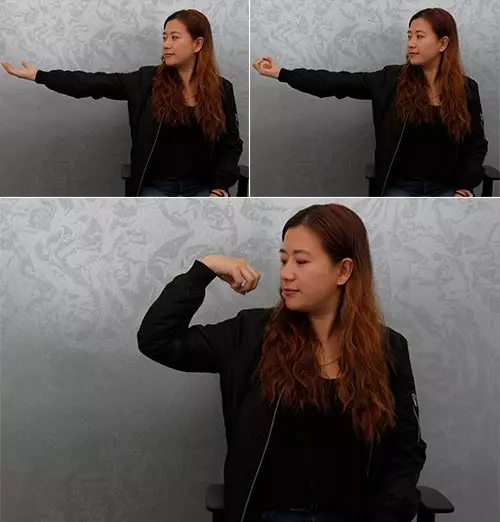
How To Do
- Sit straight on a chair and extend the affected arm out to your side, with the palm facing the ceiling.
- Form a loose fist, flex your elbow, and bring your forearm close to your upper arm, and your fist close to your shoulder.
- Hold this pose for 2 seconds and release.
Sets And Reps
3 sets of 5 reps
2. Elbow Flexion And Wrist Extension

How To Do
- Sit straight on a chair with your affected arm extended out to the side at shoulder level, palm facing up.
- Flex your elbow and bring your arm close to your body, with your palm facing up.
- Extend your wrist by pulling your hand toward your shoulder.
- Hold this pose for 2 seconds and release.
- Do it slowly. Do not overextend your wrist if it aches.
Sets And Reps
2 sets of 5 reps
3. Head Tilt

How to Do
- Sit straight on a chair with your affected arm extended out to the side at shoulder level. Make sure your palm is facing up.
- Tilt your head away from your hand and feel the stretch.
- Gently extend your wrist by pulling your hand down, toward the floor. Tilt your head away and feel the stretch.
- Hold this pose for 3 seconds and release.
Sets And Reps
3 sets of 5 reps
4. A-OK

How To Do
- Sit straight on a chair with your affected arm extended out to the side at shoulder level, palm facing up.
- Make an OK sign by touching your index fingertip to the thumb.
- Flex your elbow, flip your hand, extend your wrist, and form an ‘o’ around your eye with the index finger and the thumb. Rest the other three fingers on your cheek and jaw.
- Hold this for 3 seconds and release.
Sets And Reps
2 sets of 5 reps
5. Arm Flexion In Front Of The Body
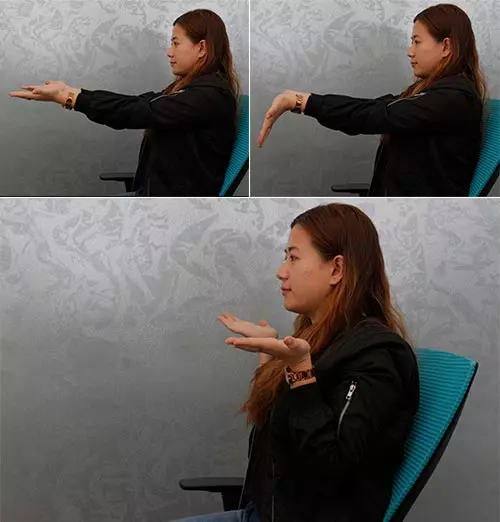
How To Do
- Sit straight with your arms extended in front of you. Your palms must face up, toward the ceiling.
- Extend your wrists by pointing your fingers down.
- Flex your elbows and bring your wrists close to your shoulders.
- Hold this pose for 3 seconds and release.
Sets And Reps
2 sets of 5 reps
By doing these exercises, slowly and gently, the pain will reduce, and the range of motion will increase. In addition to the above-mentioned exercises, hand therapy, wrist splint, and nerve flossing may help improve symptoms of cubital tunnel syndrome. Apart from exercises and medications, here are a few things that you can do at home for quick healing.
Tips For Healing Cubital Syndrome At Home

According to the American Academy of Orthopaedic Surgeonsi They are doctors who specialize in the diagnosis and treatment of injuries and diseases of the musculoskeletal system. , there are some home remedies that help relieve symptoms of cubital tunnel syndrome. Avoiding leaning on your elbow, keeping your elbow straight when you are sleeping, and resting your elbow on the armrest while using the computer may help improve the symptoms (3).
- Apply an ice pack five times a day. You can also make an ice wrap using ice cubes and a towel.
- Wear an elbow pad.
- Avoid resting your elbow on hard surfaces.
 Quick Tip
Quick Tip- Avoid wearing elbow support as it will compress the nerve further and cause irritation.
- Rest your arm as much as possible.
- Take regular breaks during repetitive tasks.
- Avoid driving for too long.
- Avoid playing a sport that would require rapid hand movement.
- When using a desk, be sure your posture is correct.
David, a YouTuber, shared his experience with cubital tunnel syndrome and insights on how he has been managing the pain by using elbow and wrist pads. He says,“They called the elbow support where you put it on and then you cannot bend your arms more than 19 degrees, so that helped a lot. I also use these for the wrists, where you cannot bend your wrists. These two are the best solutions I know (i)”.
Frequently Asked Questions
What diagnostic procedures are used for cubital tunnel syndrome?
Your doctor may conduct a physical examination, nerve conduction studies, and imaging tests like MRI or ultrasound to examine the state of the ulnar nerve and surrounding structures may be performed.
How long does it take for cubital tunnel syndrome to heal?
It takes approximately two to six weeks for cubital tunnel syndrome to go away.
Do compression sleeves help cubital tunnel?
Compression sleeves help manage cubital tunnel syndrome by providing external support and promoting circulation in the affected area.
How may massage help cubital tunnel syndrome?
Muscle stripping helps to relieve cubital tunnel syndrome as this approach applies pressure to the flexor carpi ulnarisi An elongated muscle that lets one extend and adduct the wrist located in the posterior of the forearm. . However, it should be done with caution.
How do you sleep with cubital tunnel syndrome?
Avoiding elbow flexion during sleeping and wearing an elbow splint helps to sleep well with cubital tunnel syndrome.
Is cubital tunnel syndrome the same as tennis elbow?
No. Cubital tunnel syndrome is caused by inflammation of the ulnar nerve, whereas tennis elbow syndrome occurs due to inflammation of the tendons.
Illustration: Cubital Tunnel Syndrome Exercises For Quick Pain Relief
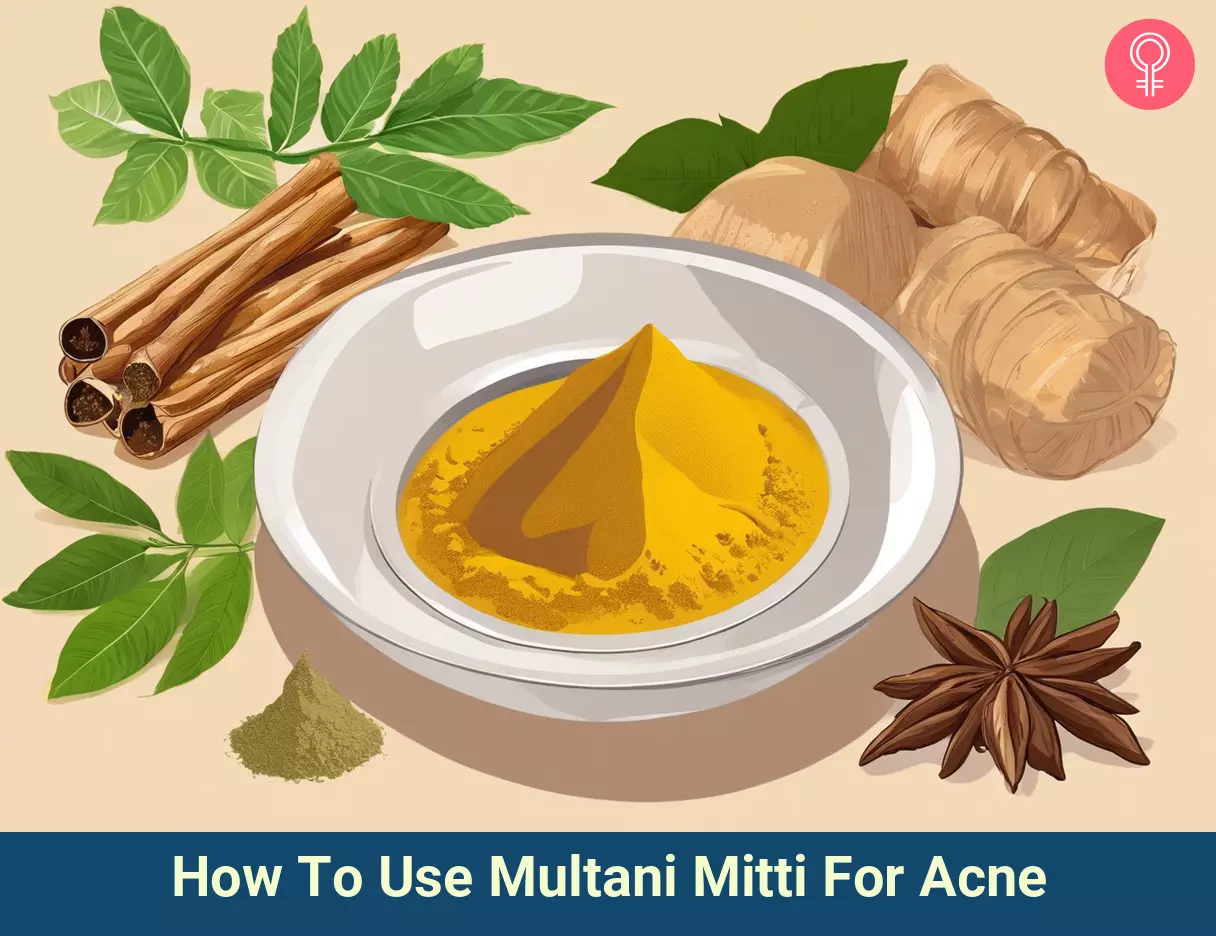
Image: Stable Diffusion/StyleCraze Design Team
Infographic: Best Cubital Tunnel Exercises To Relieve Pain
Cubital tunnel exercises help alleviate pressure on the ulnar nerve and reduce symptoms of cubital tunnel syndrome. Among the many options available to manage the pain caused by this condition, we have covered the most effective exercises in the infographic below. Check it out!

Illustration: StyleCraze Design Team
Cubital tunnel syndrome exercises help provide relief from elbow pain and limited range of motion. Pain in the ring finger, little finger, or forearm numbness are its typical symptoms. Elbow bend, head-tilt, arm flexion, etc. are a few of the effective exercises for cubital tunnel syndrome’s pain relief. Combining these with the right medicines and ample rest is important for faster recovery.
Learn how to do physical therapy exercises to help relieve cubital tunnel syndrome pain. Watch this video to get tips on stretches and strengthening exercises to reduce discomfort.
Personal Experience: Source
StyleCraze's articles are interwoven with authentic personal narratives that provide depth and resonance to our content. Below are the sources of the personal accounts referenced in this article.
(i). How I Treated My Cubital Tunnel Syndromehttps://www.youtube.com/watch?v=n1nO__oaqXY
References
Articles on StyleCraze are backed by verified information from peer-reviewed and academic research papers, reputed organizations, research institutions, and medical associations to ensure accuracy and relevance. Read our editorial policy to learn more.
- “Carpal and Cubital Tunnel and Other, Rarer Nerve Compression Syndromes” Deutsches Ärzteblatt international, US National Library of Medicine.
- “Cubital Tunnel Syndrome Causes” Stanford Health Care.
- “Ulnar Nerve Entrapment at the Elbow (Cubital Tunnel Syndrome)” American Academy of Orthopaedic Surgeons.
Read full bio of Hannah Shine
Read full bio of Ravi Teja Tadimalla
Read full bio of Himanshi Mahajan



















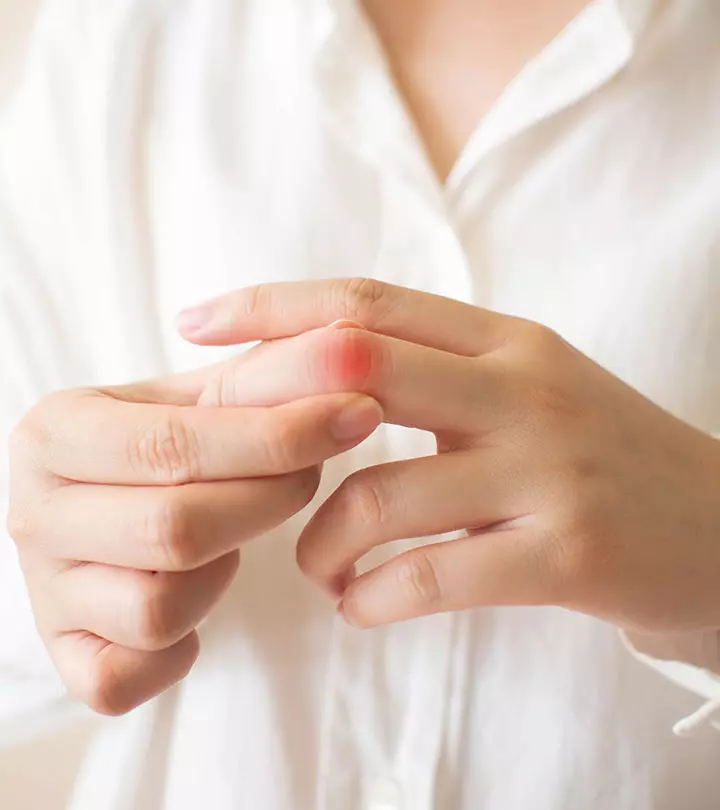


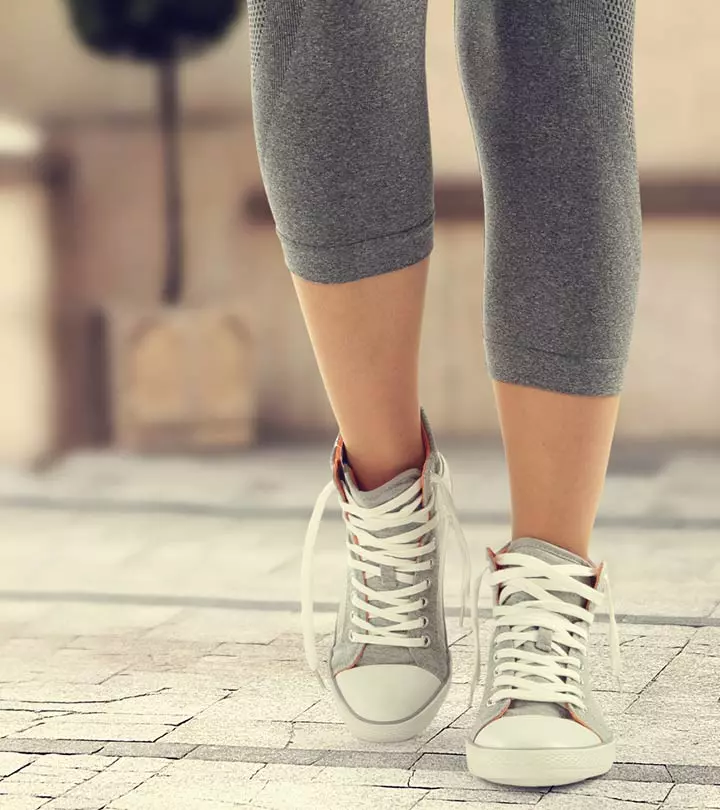




Community Experiences
Join the conversation and become a part of our empowering community! Share your stories, experiences, and insights to connect with other beauty, lifestyle, and health enthusiasts.